As you all know, there are many types of photography. Different genres of photography come with different challenges. So, as a photographer, before taking on any type of photography, you must know the different challenges posed by each of these types.
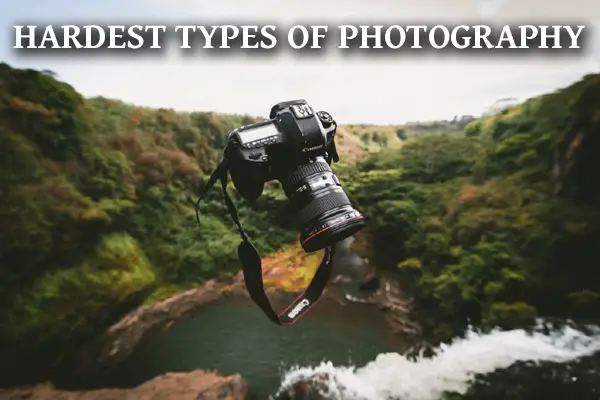
In this article, I will share the 7 hardest types of photography and the different challenges that make each of these photography genres hard for the photographers.
The hardest types of photography are wildlife photography, underwater photography, extreme adventure photography, macro photography, astrophotography and film photography.
The challenges faced by a wildlife photographer will be completely different from that of an underwater photographer.
Wildlife Photography
Wildlife photography is one of the hardest photography genres. When it comes to photographing wildlife, you will be dealing with animals. You can’t ask them to pose for you. As a photographer, you need to have a good understanding of animal behaviour. It is essential to know the right camera settings to photograph animals.
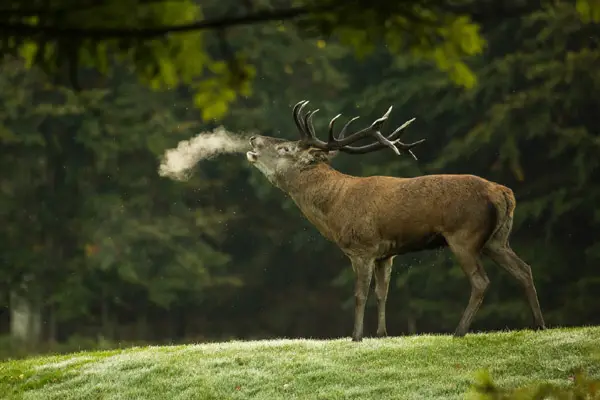
You will not have any control over the lighting when you are shooting wildlife. You are fully dependent on the sunlight for your shoots. As a wildlife photographer with ethics, you won’t be able to use artificial lights to light up your scene. The artificial lights can distract the animals and if you use them then it can compromise your safety also. If the Sun is behind the subject, then you need to move your safari vehicle and position it in such a way that the light is in your favour.
You don’t get the luxury of positioning your subject in the desired part of the frame. When the animal is on the move, then you need to time your shots to get them in the position of your choice. So, you must be very fast with your camera settings.
Wildlife photography demands lots of patience. You need to spend lots of time with your subject to get the desired shot. Sometimes, the animal may be sleeping or not in an active mood. You will have to return without a good shot or you will have to move to a different subject.
Before visiting any national parks for photographing wildlife, you need to do good research on different animal species that you can expect to photograph from there. You can also check online for images from other fellow wildlife photographers. You must also check the best time to visit the national park. So, lots of planning and preparation is needed.
Underwater Photography
Underwater photography not only demands good photography skills but also demands good swimming skills. You need to get under the water to photograph subjects underwater. To get the camera underwater, you need to invest in a good underwater camera housing. The whole photography environment changes when you move from land to water. You must be able to operate the camera under the water.
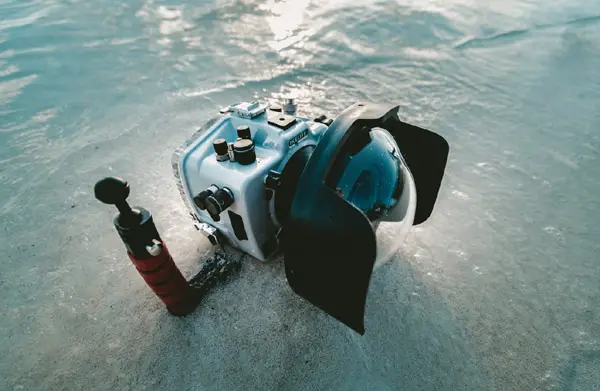
You will find it tough to focus on the subject when you are doing underwater photography. Here, you have water in between the camera and subject. The phenomenon of refraction comes into the picture. Generally, underwater photographers prefer to get at least 4 feet within the subject to get a good focus.
Another thing that you will have to deal with is the magnification issue. When you are doing photography on land, then the amount of magnification seen by the camera is the same as the human eye. If you are photographing underwater, then the magnification factor will also change.
You will be wearing a diver’s mask. These masks tend to magnify the subjects in water by 20 to 30 percent. When you photograph a fish then you might be thinking that it is a huge fish. Once you are back from the water, then you will realize that the fish in the picture is smaller than what you saw underwater.
If you are photographing a moving subject like a fish, then they tend to move away when you try to get closer to them. You need to have good patience as an underwater photographer. You need to move around with your camera gear underwater. Unlike photographing on land, you cannot switch your lenses underwater. You will have to rely on one lens for your entire shoot.
If you are going very deep in the water, then you will have to use artificial lights also. The intensity of light reduces as you move deep into the water. If you are a beginner in underwater photography, then you will definitely find it extremely challenging. You may not be able to get the desired shots during your first few trips. It requires lots of practice and patience.
Bird Photography
When it comes to bird photography, you need to have lots of patience. Another thing is that you need to have good knowledge about birds. You won’t be able to find the same bird in all places. Each bird species has got a specific habitat and some of them migrate from one place to another. There is no guarantee that you can find the same bird in the same place every time.
Almost all wild birds do not like the presence of humans nearby. So, you must have a good technique to approach the birds to photograph them. If you run towards them with your camera then they will fly off immediately sensing danger. One of the best ways to photograph birds without disturbing them is to use bird blinds. You can sit inside the bird blind and wait for the birds to arrive and photograph them.
Another challenge with bird photography is photographing birds in flight. Here, you need to have a good focus locking technique and follow the bird with your camera when the bird is flying. You can either go for the burst mode to click multiple frames and select one of the best ones from the lot, or you need to photograph the bird at the right moment.
Both these situations demand higher shutter speeds also. Different birds fly at different speeds. You need to have a good understanding of the bird’s flight speed to choose the right shutter speed to freeze the action. Otherwise, you will end up in a blurry image.
As a bird photographer, you need to invest in a high-quality telephoto lens. You can either go for zoom or prime lens. But, if you are really serious about photographing birds, then a prime lens of 500mm or 600mm focal length is a must. These prime telephoto lenses are pretty expensive. You must have a sufficient budget to invest in these lenses. Bird photography demands trekking and walking inside the forest. These prime lenses are pretty heavy and you will have to carry them along with you during your treks. So, you need to be physically fit to do bird photography.
Adventure Photography
Adventure photography requires extreme effort as a photographer. In this type of photography, you need to photograph people who are engaged in adventurous games and sports like mountain climbing, rappelling, kayaking, skiing, etc. In order to get the best shots and best angles, you must also have some interest in adventure sports. You may have to climb to the edge of a cliff if the person you are shooting is climbing a mountain.
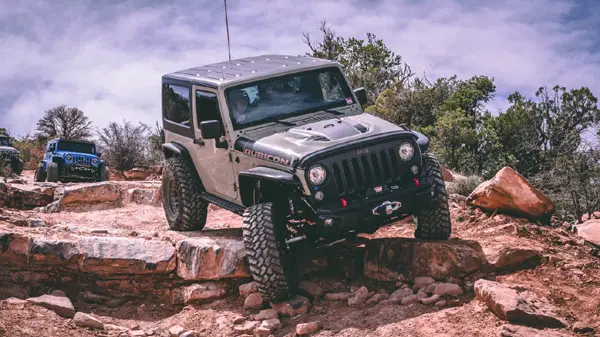
When you are shooting adventure sports you need to be fast with your camera. If you are shooting mountain biking or dirt biking, then you may find it difficult to get the focus locked on the subject since they will be moving fast in the scene. If you are a beginner in adventure photography, then you may find it extremely difficult to get a good shot.
There are dangers to you as a photographer and to your gear which is likely to get banged up or dusty/wet from the extreme conditions. Do not start out with expensive gear and always carry a backup.
Film Photography
Nowadays, there are only a few people who shoot using film cameras. But, believe me, the best way to learn photography is to use a film camera. When you are doing film photography, you will only get one chance. Unlike digital cameras, you don’t get the luxury of shooting multiple images with different camera settings and selecting the best image from the lot. You need to get the exposure right. Otherwise, you will end up in an overexposed or an underexposed image.
Another thing is that you can’t see the final image immediately after the shoot. You need to hand over the film roll after the shoot for developing your final images. When you use film cameras, you need to play with the shutter speed and aperture to get a proper exposure, the ISO remains fixed since it is dependent on the film. If you want to change the ISO then you need to change the film. You may find it difficult to do film photography because of these reasons.
Macro Photography
When you are doing macro photography, you will be dealing with small subjects like insects, ants, frogs, spiders, etc. You need to use a dedicated macro lens for your shoots. One of the main challenges in shooting macro subjects is lighting. You will be getting very close to your subjects with the camera for the shoot. The amount of light falling on the subject will be less. You need to depend on good artificial lights for photographing macro subjects. High-quality flash strobes with good diffusers are essential to light your macro subjects properly.
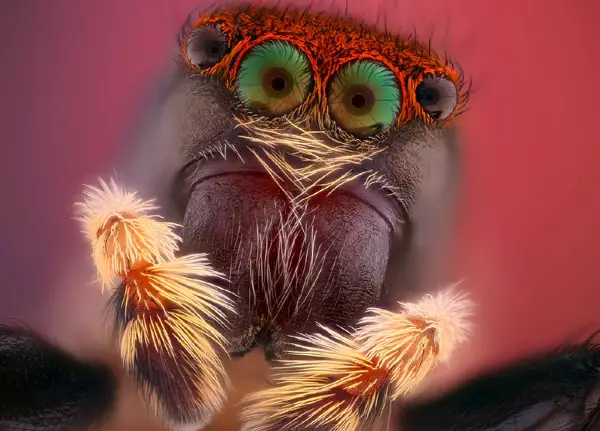
Another difficult thing to control in macro photography is the depth of field. When you shoot macro subjects, your camera will be very close to the subject. Thus, the depth of field will be very narrow. You may not be able to get all the parts of the subject properly focused in this situation. In this situation, you will have to use the focus stacking method to get an image with everything in focus. You can use any focus stacking software to stack and stitch all your images.
Another challenge that you will have to face as a macro photographer is while shooting moving subjects like insects, ants, dragonflies, etc. They will be moving from one place to another. You need to either move along with them or use a macro lens with telephoto focal length to shoot them. It will ensure that the subject is not disturbed by your presence since you are shooting from a distance.
If you are photographing subjects like snakes and spiders, you need to be very careful. Always ensure that you are shooting from a safe distance. Subjects like frogs and snakes are more active during the rainy season. You will have to shoot during the rain. You must ensure to use a good rain protection cover for your camera gear during the shoots.
Astrophotography
In the case of astrophotography, you will be shooting star trails, milky way, moon, etc. If you are really interested in astrophotography, then you need to invest in a good telescope along with your camera to photograph distant stars and planets. You must have good post-processing techniques to process your final images.
In most cases, you will be taking a set of images and stacking them using specialized post-processing tools. Another thing that you need to master as an astro-photographer is the exposure. You will be doing your shoots at night. To get sharp images of your Astro subject with proper light on the subject, you must learn to expose the scene properly. It requires lots of practice.
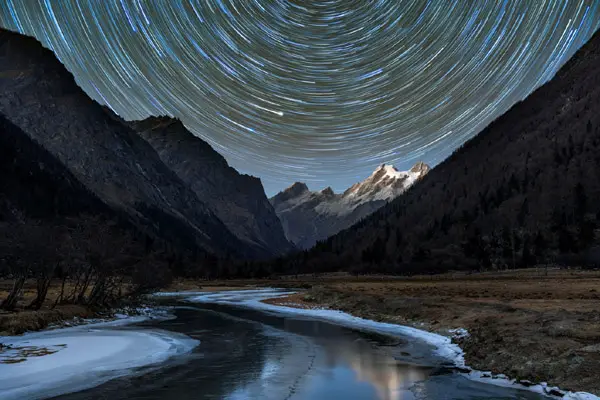
Astrophotography needs lots of planning. You can’t just go out to any random place at night and start doing astrophotography. To get the best image of the stars, you need to photograph them when there is no moon at night. Like that, there are many more things to learn. So, you need to learn about stars and galaxies. You can even use apps like Photo pills to know the position of the stars and planets and plan your shoot accordingly. For best Astro images, you need to visit a location with very little light pollution. Lots of planning and research is needed to do astrophotography.
Here is a useful video on the hardships of bird photography:
Now that you may have picked a genre of photography you would like to pursue, consider reading this article on how to choose the right lens for your camera.








